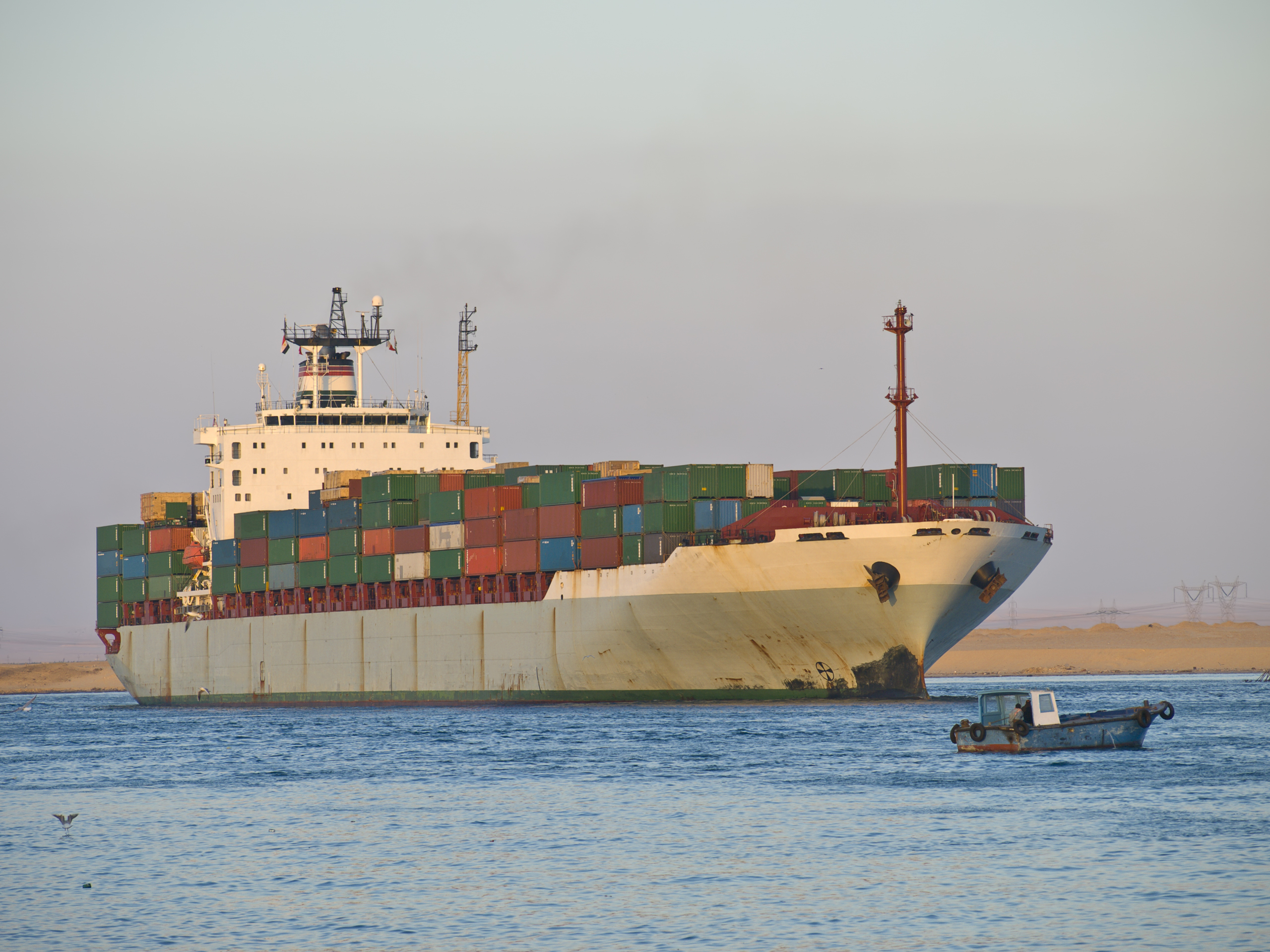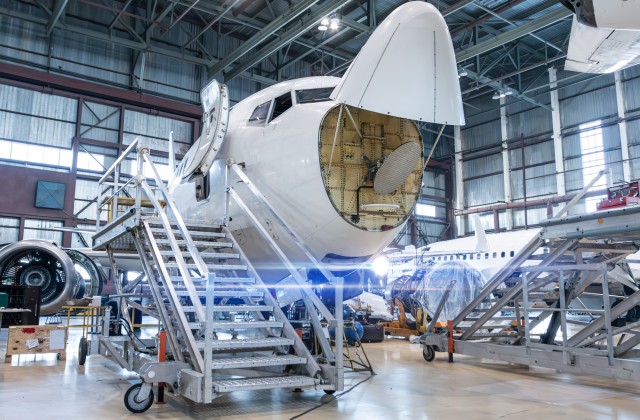 On one of the world’s busiest trading routes, the Suez Canal, a 1,312-foot long freight container ship was wedged in, blocking itself and all marine traffic for six days. The route is crucial to global supply as it connects Asia with Europe before continuing onwards to the East Coast of America. It is estimated that this unfortunate situation with the Panama-registered Ever Given ship costs the global economy a whopping 400 million USD per hour. However, as Lora Cecere writes for Forbes, the global impact of this is far wider and could continue to impact trade for months to come. This bizarre situation has caused a myriad of supply chain issues including port congestion, container and vessel shortages, as well as consumer good shortages across the world.
On one of the world’s busiest trading routes, the Suez Canal, a 1,312-foot long freight container ship was wedged in, blocking itself and all marine traffic for six days. The route is crucial to global supply as it connects Asia with Europe before continuing onwards to the East Coast of America. It is estimated that this unfortunate situation with the Panama-registered Ever Given ship costs the global economy a whopping 400 million USD per hour. However, as Lora Cecere writes for Forbes, the global impact of this is far wider and could continue to impact trade for months to come. This bizarre situation has caused a myriad of supply chain issues including port congestion, container and vessel shortages, as well as consumer good shortages across the world.
It’s not easy footing a multi-million-dollar bill, let alone dealing with the delays and confusion that come with a disruption of this magnitude. As supply chain planners across the world scramble to deal with the aftereffects, it’s important for companies to stay calm and work on collectively solving the problem. However, if you rely on the Suez Canal to receive raw materials or distribute finished goods, here are three things you can do to minimize the impact:
Plan for ANY scenario
Nobody saw the Suez Canal blockage coming or even planned for it. Rather than scrambling to figure out alternate plans for every situation or wait idly as millions of dollars of inventory get rerouted, we recommend simulating multiple what-if scenarios that will let you figure out what steps you can take now that things are flowing again. Figure out which customers and orders are impacted, how much revenue is at risk and minimize the effects by visualizing various scenarios and acting on the best available option. The problem, though, with traditional planning software is that running all these calculations could take longer than getting the Ever Given unstuck. But with Kinaxis® RapidResponse® you can simulate dozens of what-if scenarios all at the click of a button. You’ll get the visibility and transparency needed to make fast and confident decisions. Simulate anything from using different suppliers, changes in demand, delayed lead times, varied inventory levels, different shipping routes and even measure the impact of delays on your most important business metrics.
Increase collaboration
Just like it took a team of experts to get the Ever Given sailing again, supply chain management is a team sport. In times like these it’s important to collaborate with all stakeholders — internal and external — to understand everybody’s current capabilities and desired outcomes. With RapidResponse, the platform itself is designed to let you find the information you need and engage with the right people to make confident, smart decisions. Collaboratively find solutions by connecting your processes with people and let data flow across your entire supply chain in real time, empowering everybody to make the right decisions.
Optimize inventory levels
As containers are stranded across the world, your inventory is delayed at best and lost at worst. This calls for a systematic and statistical approach to ensure that you have the right inventory in place at the right time while also balancing the impact on your bottom line. RapidResponse lets you optimize your inventory levels, no matter where in the world it is, by giving you complete visibility. Evaluate your current inventory target levels and make policy adjustments as needed to ensure that you still meet your service levels. This fast, connected, end-to-end planning tool will ensure that your inventory levels are aligned to your targets.
Even though this blockage has added to an already troubled global supply chain, the future looks bright for those that act quickly and decisively. It’s incumbent upon companies to explore alternatives, manage inventory and service levels. The months ahead are going to be turbulent but the silver lining is that this situation will force the industry to rethink their current practices and develop sustainable alternatives to ensure the smooth movement of goods across the world going forward.
Reach out today to request a demo and see how Kinaxis can empower you to make fast, confident planning decisions – no matter what life (or the Suez Canal) throws your supply chain’s way.





